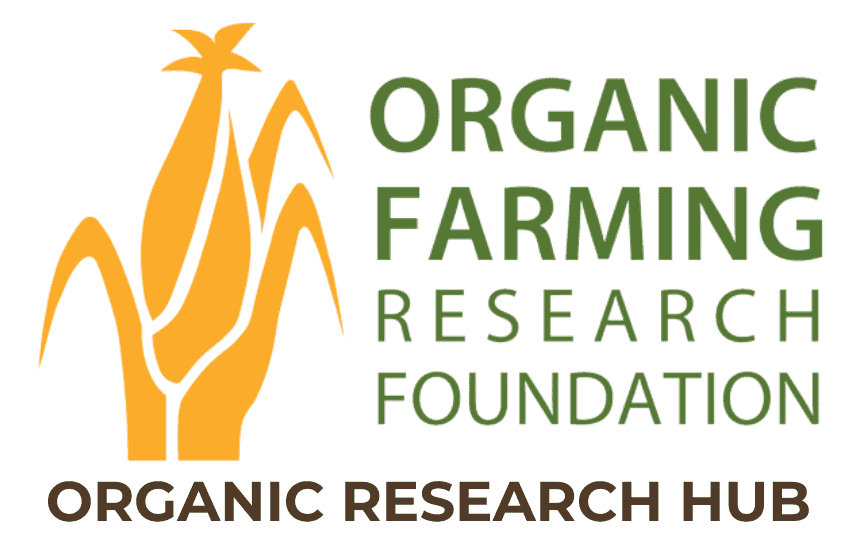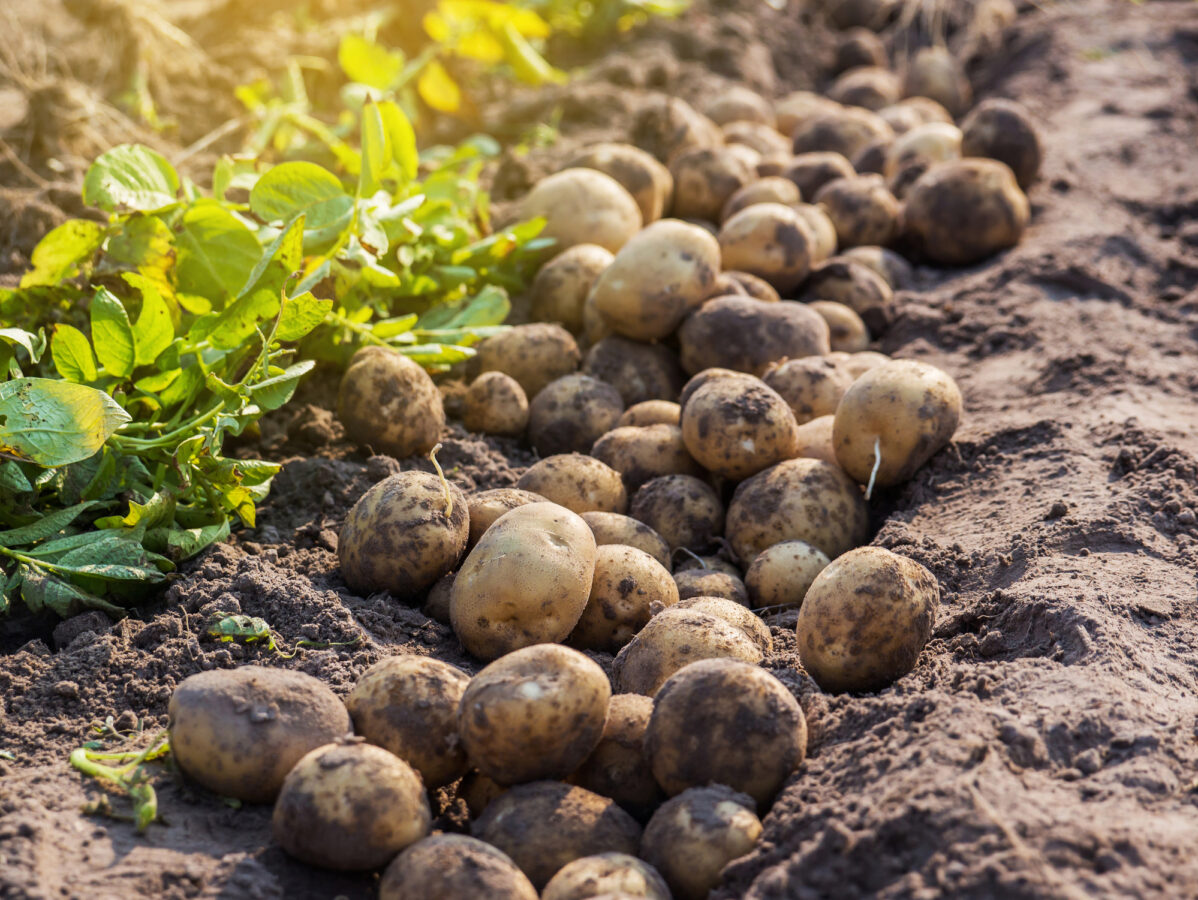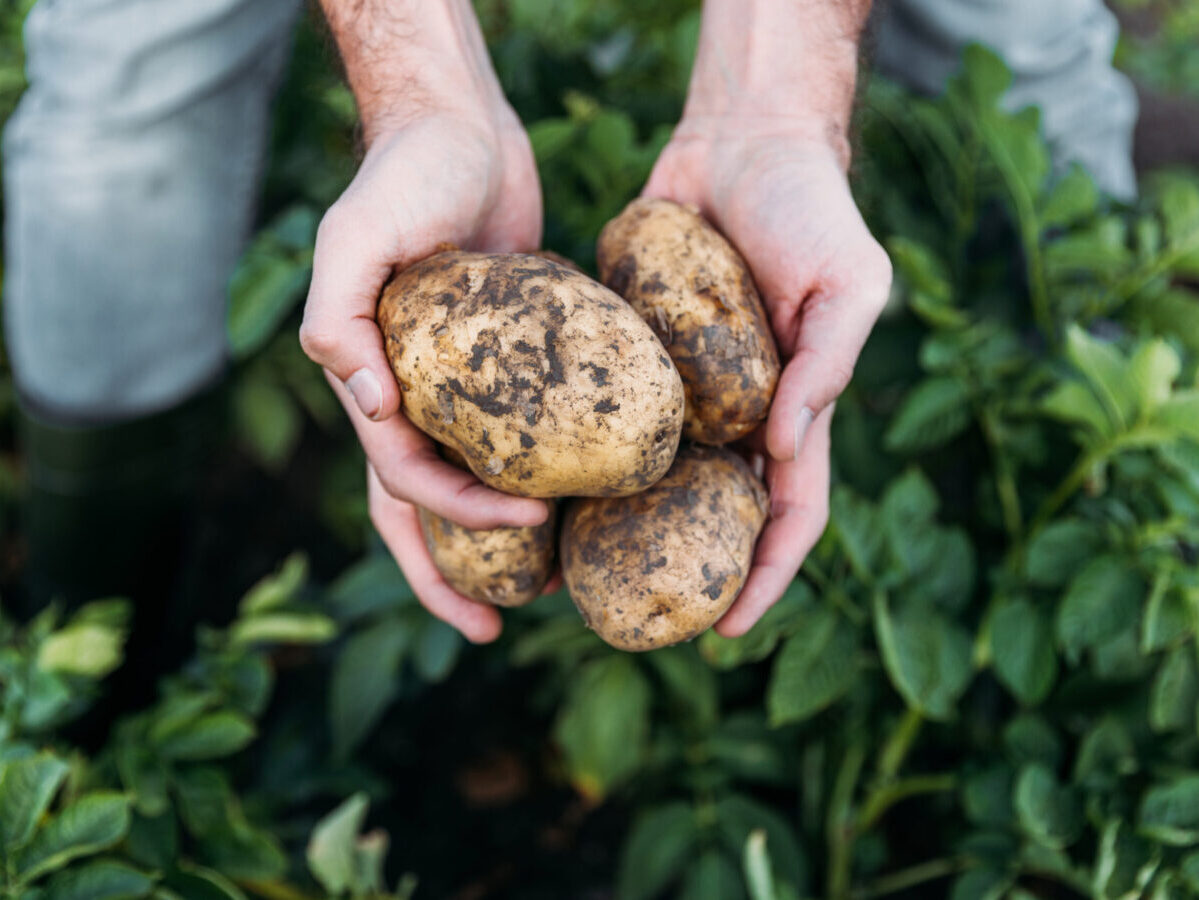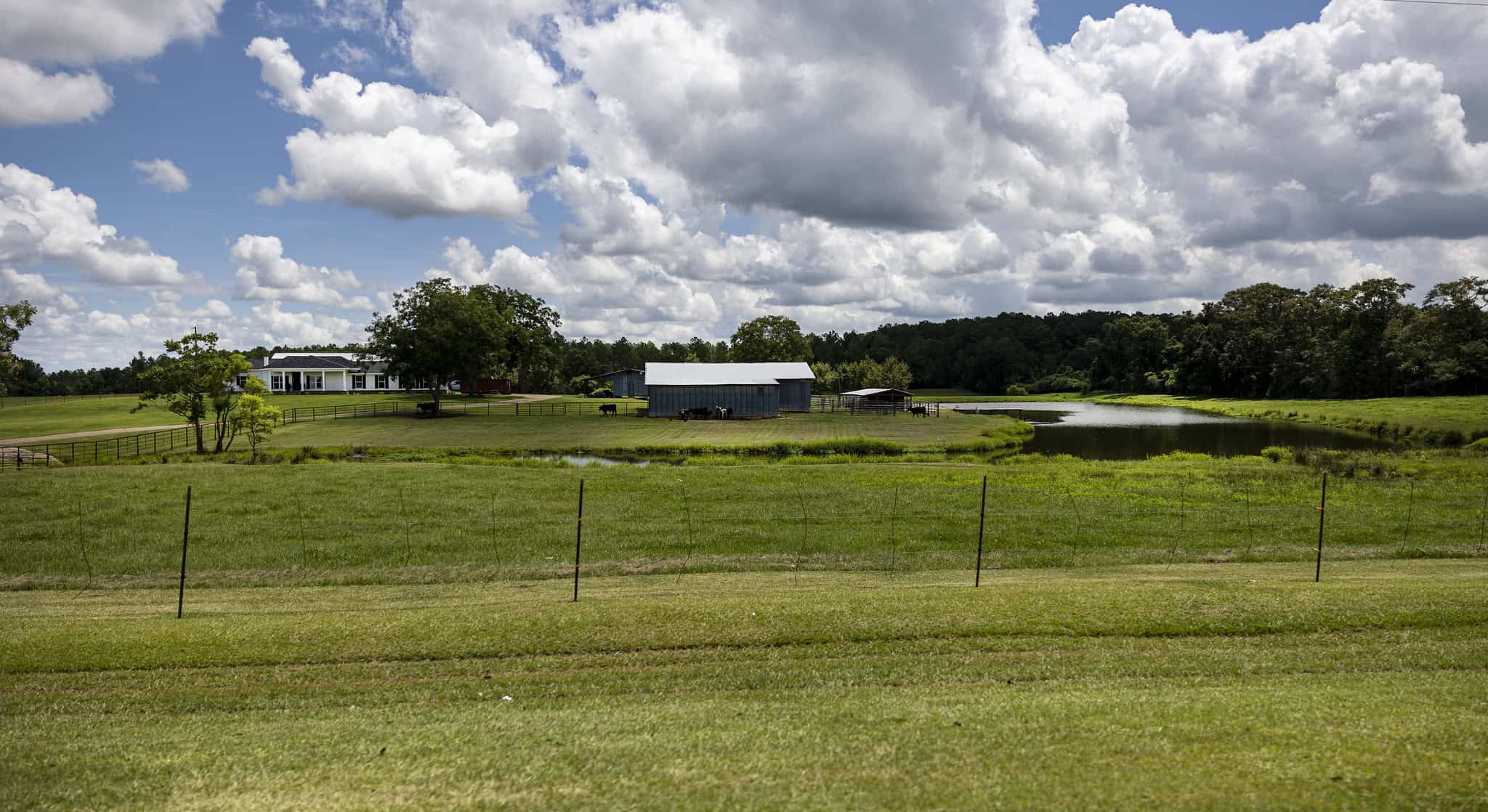Investigating the Use of Buckwheat Strips to Attract Beneficial Insects for the Management of Colorado Potato Beetle
Robert Hadad, Cornell University
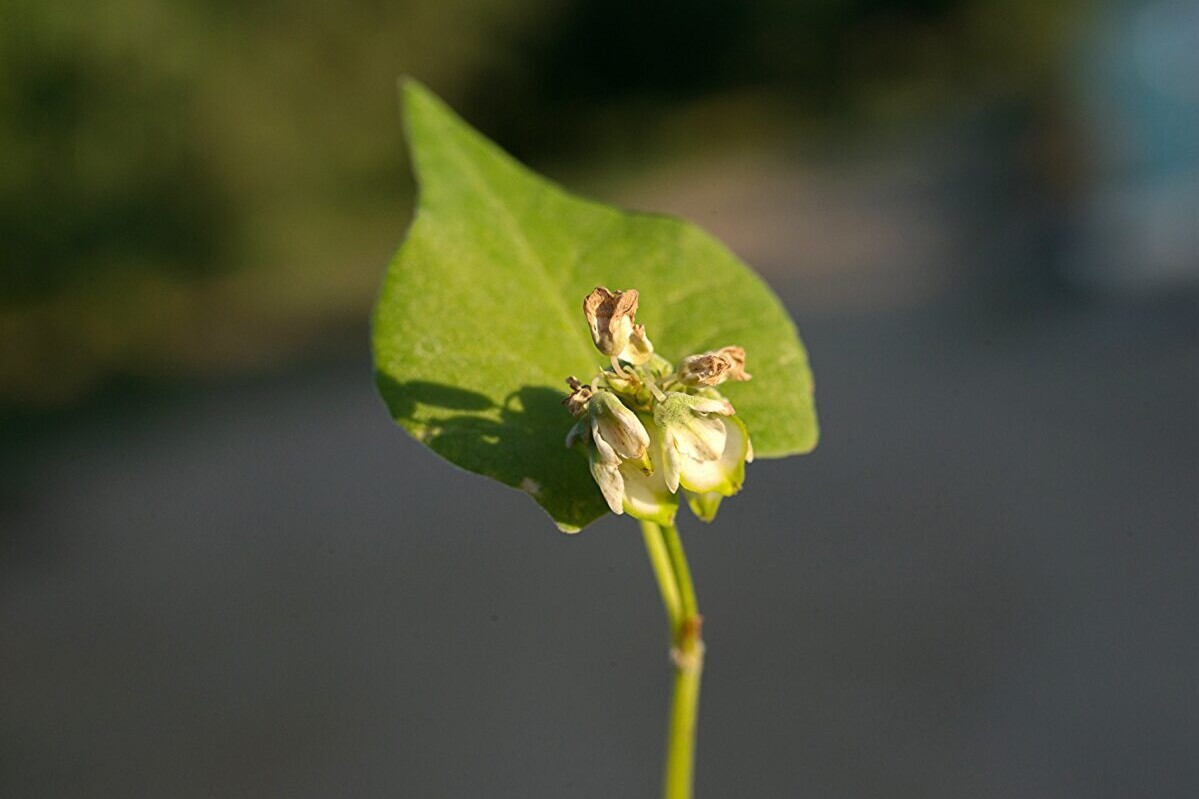
Organic farming focuses on systems, where ecological elements are interconnected to create a successful farm. One promising area in organic farming that yields multiple benefits is the use of cover crops. This project will further investigate the role of buckwheat cover crop strips as a vital component of a diversified rotation system, which also positively impacts nearby potato plantings. Specifically, we are building on our previous work that demonstrated how buckwheat strips significantly influence the management of Colorado potato beetles (CPB) in potatoes. Our current goal is to design a field planting strategy that maximizes the effectiveness of these buckwheat strips.
The objectives of this project include:
– Educating farmers on the advantages of using buckwheat strips as a management tool.
– Collecting cost information from farmers based on their previous experiences in controlling pests.
– Quantifying how buckwheat strips impact beneficial insect control of CPB in larger plots than used in the previous season.
– Developing a field design that serves as a model for a strategic insect pest management approach.
– Demonstrating how in-season cover crops can provide multiple benefits and be integrated into an active rotation plan.
This research project continues efforts initiated in 2008, which showed that buckwheat strips attracted beneficial predatory insects that preyed on Colorado potato beetle larvae (CPBL) in potato plants. We observed significant differences between control plots without buckwheat and treated plots where buckwheat was grown alongside potatoes. We planted four rows of potatoes in replicated plots, and numerous predatory insect species were seen consuming CPBL on plants adjacent to the buckwheat strips. The results indicated more than a 95% reduction in CPBL on these potatoes, providing enough protection that farmers did not need to apply further management practices.
In 2009, the focus shifted to determining an effective planting strategy for combining potatoes and buckwheat strips to optimize the benefits from beneficial insects. In the earlier research, we had one strip of buckwheat planted alongside four rows of potatoes, with the width of the strips determined by the farmers’ equipment—typically ranging from 3 to 5 feet. The 2009 trials examined various planting configurations, including one strip of buckwheat with eight rows of potatoes, another setup with one strip next to six rows and an additional strip with three more rows, and a third design featuring one buckwheat strip between four rows of potatoes, followed by another buckwheat strip and another four rows of potatoes. The fourth configuration included a buckwheat strip with twelve rows of potatoes.
The results indicate that the layout of the field significantly affects outcomes. There appears to be a correlation between the number of potato rows and the placement of buckwheat strips. Notably, having one strip of buckwheat adjacent to four to five rows of potatoes seems to be optimal for attracting beneficial insects and effectively managing CPBL.
Region
Northeast/Mid-Atlantic
Topic
Conservation and Habitat, Insect/Pest Management
Category
Vegetables/Fruits
Date Range
2001-2010
Funding Amount
Year 1: $5,868
Year 2: $5,547
Funding Year
2009Location
Lockport, New York
Collaborators
Jim Sharpless, Organic Matters Farm
Pat Sharpless, Organic Matters Farm
Fred Forsburg, Honeyhill Farm
Sue Forsburg, Honeyhill Farm
Kurt Forman, Clearview Farm
Ed Fraser, Fraser’s Garlic Farm
